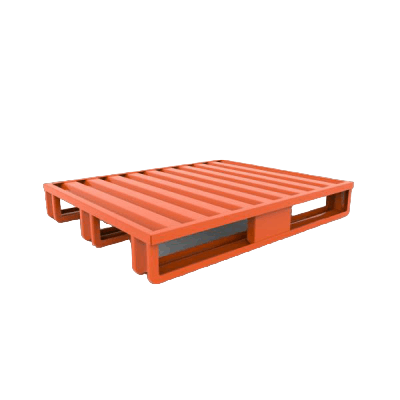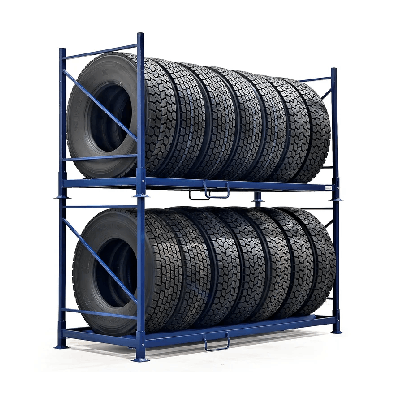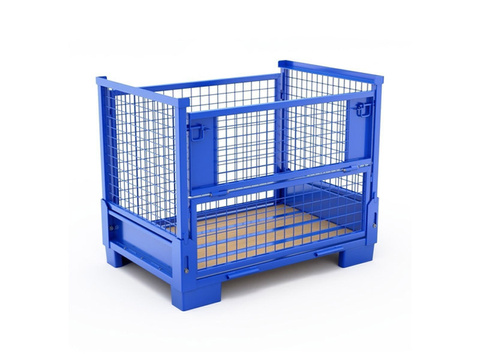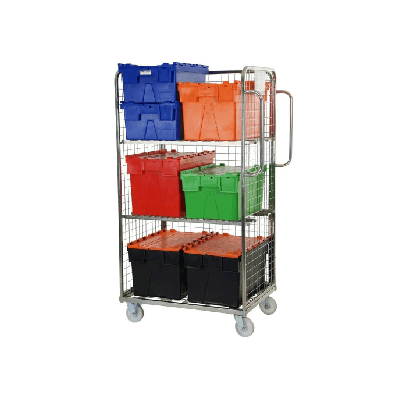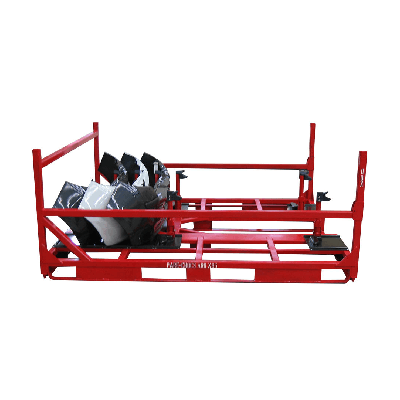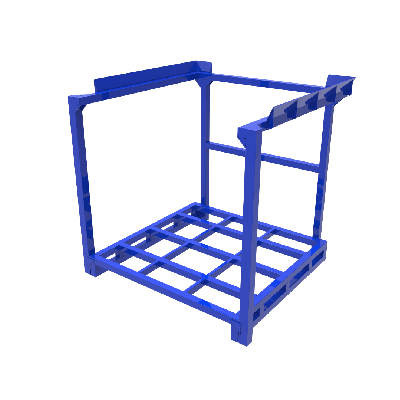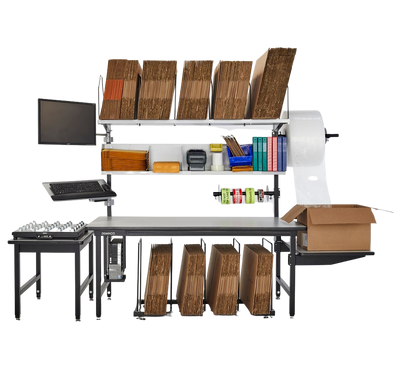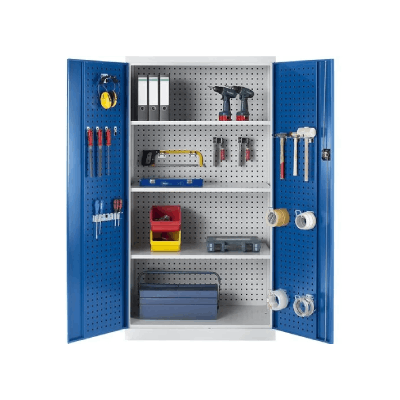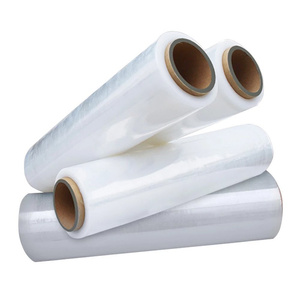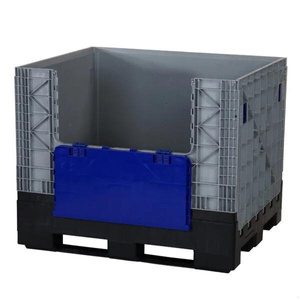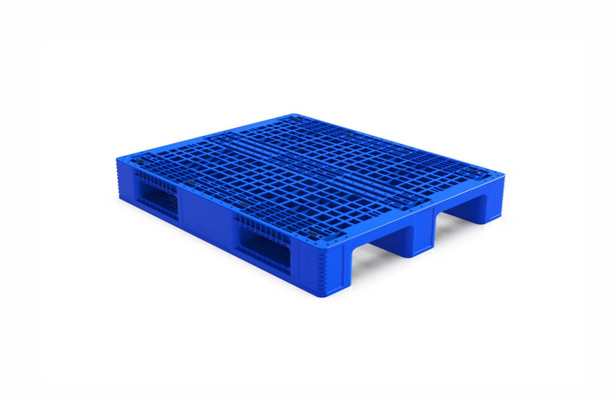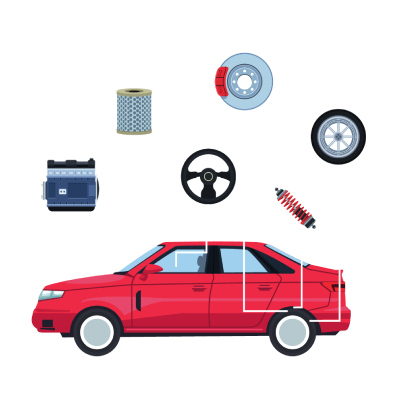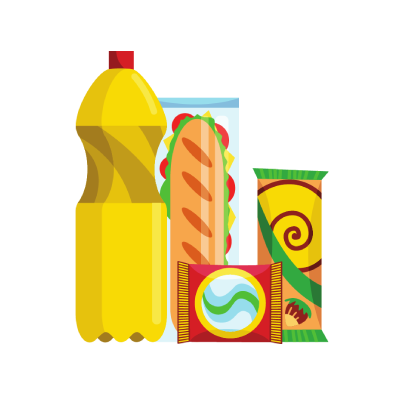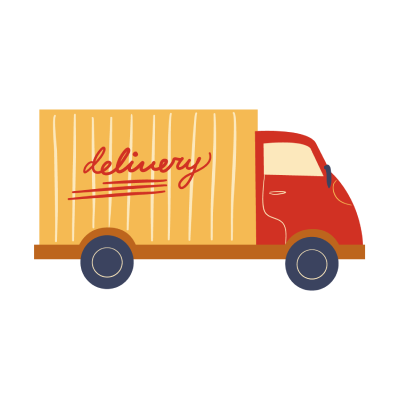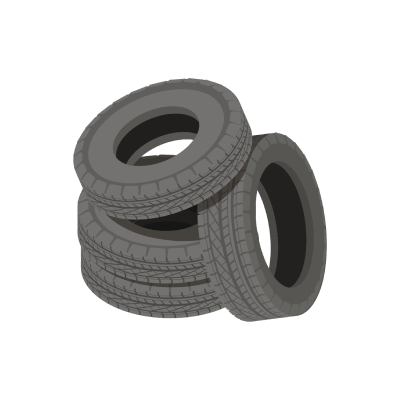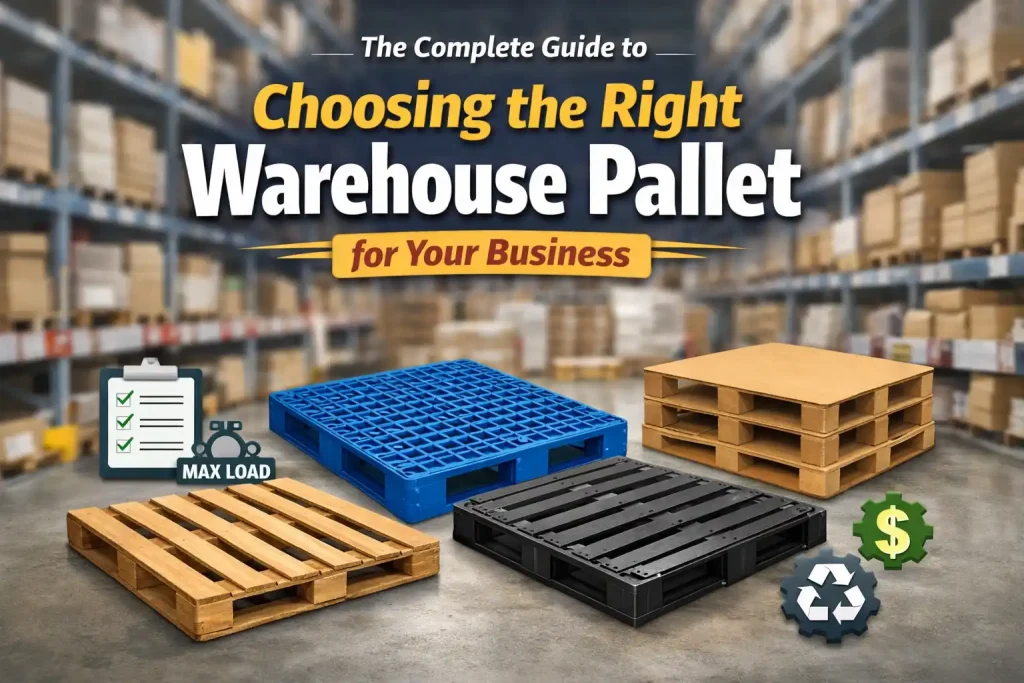For decades, supply chains have operated under a linear model: raw materials are extracted, products are manufactured, distributed, consumed, and then discarded. While this model has fueled global commerce, it has also led to increased waste, environmental damage, and unsustainable resource use. Today, as industries and consumers alike seek more sustainable practices, the circular economy has emerged as a viable alternative—focusing on reuse, recycling, and resource efficiency.
At the heart of this shift lies Returnable Packaging Solutions, which are redefining how businesses handle logistics, inventory, and sustainability. By replacing single-use materials with reusable systems, companies can minimize waste while maximizing efficiency and cost-effectiveness. This blog examines how organizations are transitioning from linear to circular systems and the crucial role returnable packaging plays in this transformation.
Table of Contents
ToggleThe Linear Economy: A Model Under Pressure
The linear economy thrives on a “take, make, dispose” approach. This model has historically prioritized speed, convenience, and cost savings. For instance, disposable cardboard boxes, plastic wraps, and wooden pallets are cheap and easy to use. But once discarded, they contribute to massive landfill volumes, ocean plastic pollution, and resource depletion.
The numbers tell a clear story:
- The packaging industry accounts for nearly 40% of global plastic use.
- Over 90% of plastic packaging ends up being discarded after a single use.
- Global supply chains discard millions of wooden pallets each year, even though many could be reused.
With mounting environmental regulations, rising raw material costs, and shifting consumer demands, companies face increasing pressure to break free from the linear model.
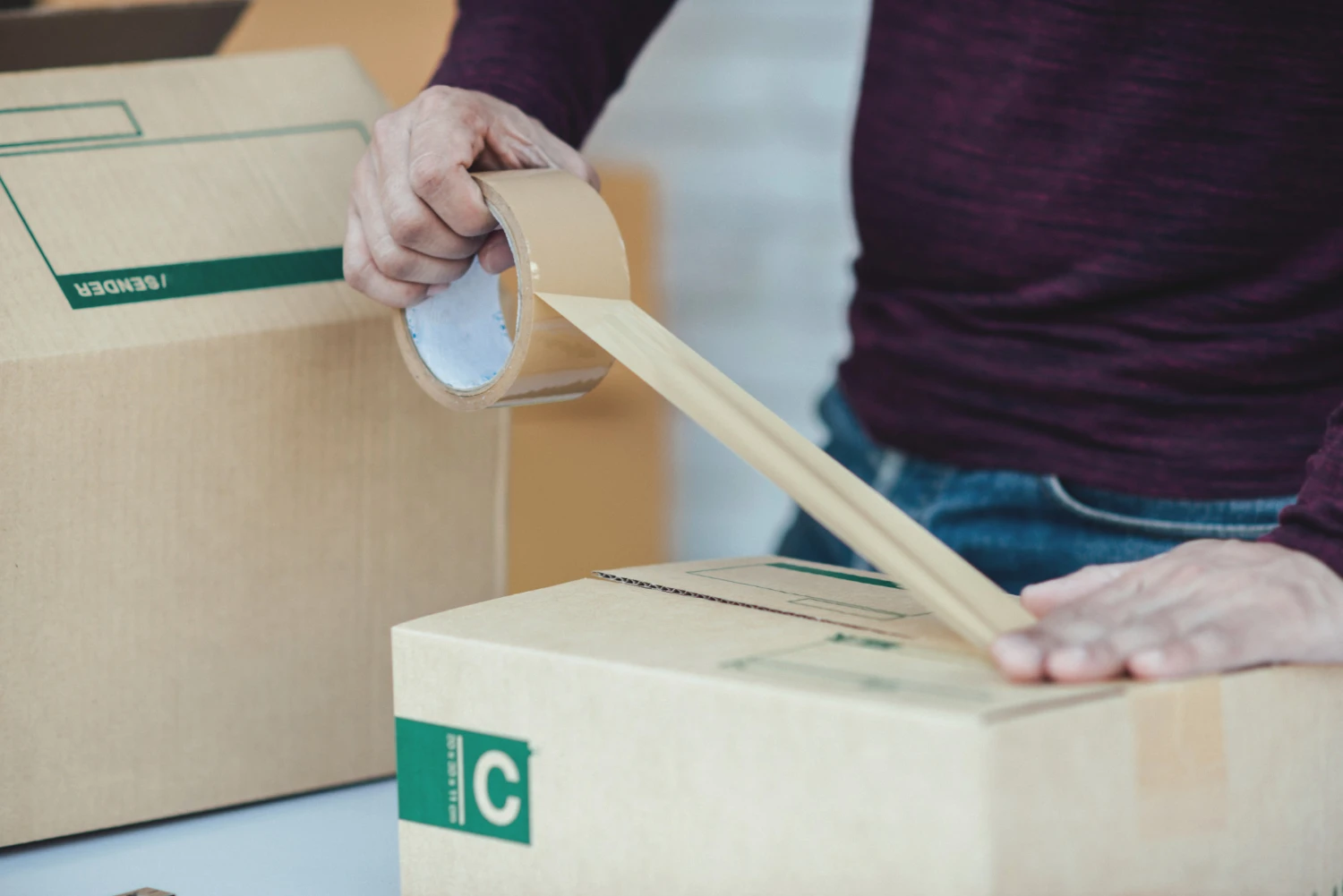
The Circular Economy: Closing the Loop
The circular economy flips the script by designing systems that minimize waste and maximize resource efficiency. Instead of single-use packaging, companies embrace reusable containers, pallets, and crates that circulate through supply chains multiple times.
Key principles of the circular economy include:
- Designing Out Waste: Packaging is created to be durable and recyclable, reducing disposal costs.
- Keeping Products in Use: Materials circulate through multiple life cycles, extending their value.
- Regenerating Natural Systems: Reuse reduces the demand for virgin raw materials, easing strain on ecosystems.
This system not only supports sustainability goals but also reduces long-term costs, improves supply chain resilience, and meets evolving customer expectations.
Returnable Packaging: The Backbone of Circular Supply Chains
Returnable packaging has become one of the most effective strategies for implementing circularity. By creating reusable containers, crates, and pallets, companies can replace disposable packaging with systems that circulate repeatedly across logistics networks.
Benefits of Returnable Packaging
- Cost Savings: While the initial investment is higher, businesses save money over time by reducing the need to constantly purchase disposable packaging.
- Sustainability: Less waste is generated, and the carbon footprint of packaging materials is significantly reduced.
- Efficiency: Returnable packaging often comes with standardized dimensions, making it easier to automate processes and optimize space.
- Brand Reputation: Demonstrating commitment to sustainability enhances corporate image and customer loyalty.
Case Study: Automotive Industry Adoption
The automotive sector has long been a pioneer in adopting returnable packaging systems. Complex supply chains require high volumes of components shipped globally. By using reusable containers, companies like BMW and Toyota have reduced packaging waste and achieved consistent quality in transport.
- Reduced Waste: Automotive manufacturers have cut millions of disposable cardboard boxes annually.
- Improved Efficiency: Returnable packaging is designed for automated handling systems, ensuring faster and safer movement of parts.
- Cost Optimization: Returnable systems help reduce transport costs by maximizing container utilization.
This model demonstrates how industries with complex supply chains can gain measurable benefits from adopting reusable systems.

Overcoming Challenges in Implementation
Transitioning from disposable packaging to returnable solutions is not without challenges. Businesses must carefully plan to overcome barriers such as:
- High Upfront Costs: Durable packaging requires a greater initial investment. However, lifecycle cost analyses show long-term savings outweigh these costs.
- Reverse Logistics: Systems must be designed to return packaging from consumers or distributors back to the production facility.
- Standardization Issues: Different industries and regions may require varying packaging designs, making harmonization difficult.
- Behavioral Change: Stakeholders must shift from a mindset of disposal to one of reuse.
By investing in tracking technologies like RFID tags, IoT-enabled monitoring, and digital twin simulations, companies can streamline these processes and manage returnable systems efficiently.
Technology: Enabling Smarter Circular Systems
Advancements in technology are driving greater efficiency in circular packaging systems. Some innovations include:
- RFID and Barcode Tracking: Real-time monitoring ensures packaging is returned and reused effectively.
- IoT and Smart Sensors: Packaging can now track temperature, shock, and location, adding value beyond reuse.
- Automated Warehousing: Robotics and Automated Storage and Retrieval Systems (ASRS) optimize space usage and streamline handling of returnable packaging.
These technologies not only reduce waste but also add layers of intelligence and resilience to supply chains.
Environmental and Economic Impact
The environmental benefits of returnable packaging are clear: reduced carbon emissions, less waste in landfills, and lower dependency on raw materials. Economically, companies save significantly by lowering the total cost of ownership.
For example:
- A business that invests in reusable plastic totes can cut packaging costs by 30–40% over five years compared to disposable alternatives.
- Reusable pallets can circulate up to 100 times, versus single-use wooden pallets that may last only one or two cycles.
- The combination of sustainability and cost-effectiveness creates a win-win scenario for companies adopting circular practices.

The Future of Packaging: From Linear to Circular
Global trends suggest that returnable packaging will soon become the norm rather than the exception. Regulatory bodies worldwide are mandating reductions in single-use plastics and encouraging closed-loop systems. Consumers, too, are increasingly demanding eco-friendly packaging from the brands they support.
As industries scale these systems, collaboration will play a vital role. Retailers, manufacturers, and logistics providers must align to create standardized, interoperable systems. This collective effort can accelerate the transition to a fully circular economy.
Conclusion
The shift from a linear to a circular economy is no longer a distant goal—it is happening now, and returnable systems are at its core. Businesses that embrace Returnable Packaging Solutions position themselves as leaders in sustainability, efficiency, and innovation. While challenges exist, advancements in logistics, automation, and smart technologies are paving the way for scalable adoption across industries.
As more organizations rethink their packaging strategies, one fact is clear: circularity is not just about protecting the planet, but also about creating resilient, future-ready supply chains. And with innovations like the ASRS Pallet seamlessly integrating into automated warehouses, the future of packaging is smarter, greener, and infinitely more sustainable.
Frequently Asked Questions:-
1. What is returnable packaging?
- Returnable packaging refers to durable containers, pallets, crates, or totes designed for repeated use in supply chains. Unlike single-use packaging, these solutions circulate multiple times, reducing waste and overall costs.
2. How does returnable packaging support the circular economy?
- Returnable packaging enables products and materials to remain in circulation longer, minimizing the need for raw materials and reducing landfill waste. This strategy closes the loop and adheres to the circular economy concepts.
3. What industries benefit most from returnable packaging solutions?
- Sectors such as automotive, retail, food and beverage, pharmaceuticals, and e-commerce benefit significantly. These industries often deal with high shipping volumes and can achieve substantial savings and sustainability gains.
4. What are the primary hurdles in implementing returnable packaging systems?
- The biggest challenges include higher upfront costs, setting up reverse logistics, standardization across partners, and encouraging behavioral shifts toward reuse. However, the long-term savings and environmental benefits exceed these drawbacks.
5. How does technology improve returnable packaging systems?
- Technologies like RFID, IoT sensors, and automated warehouse systems help track, monitor, and optimize the use of returnable packaging. These tools ensure better asset management and reduce the risk of loss or inefficiency.

